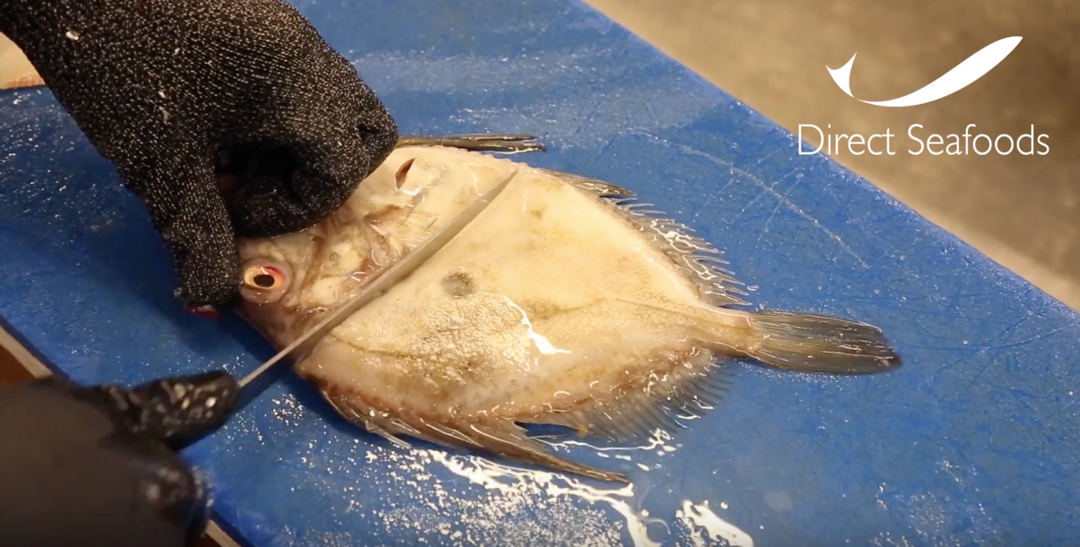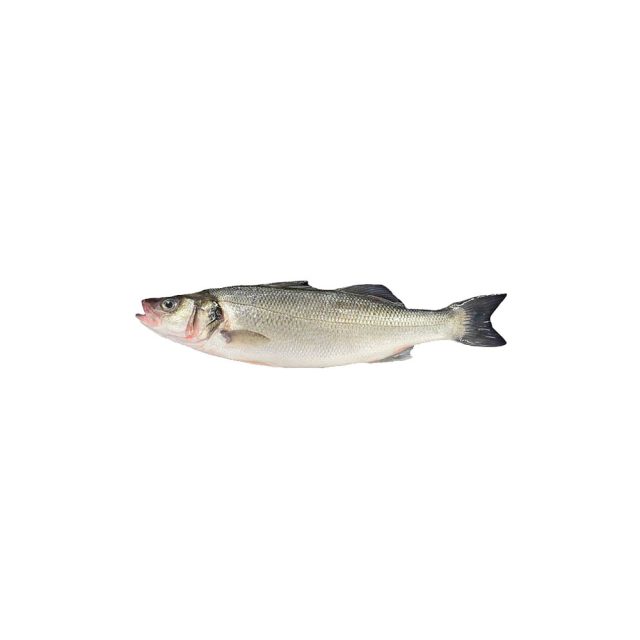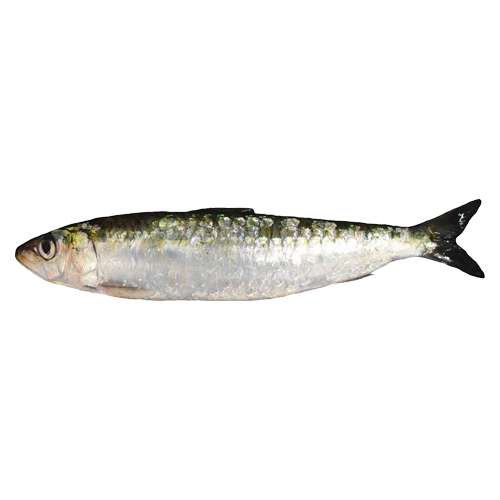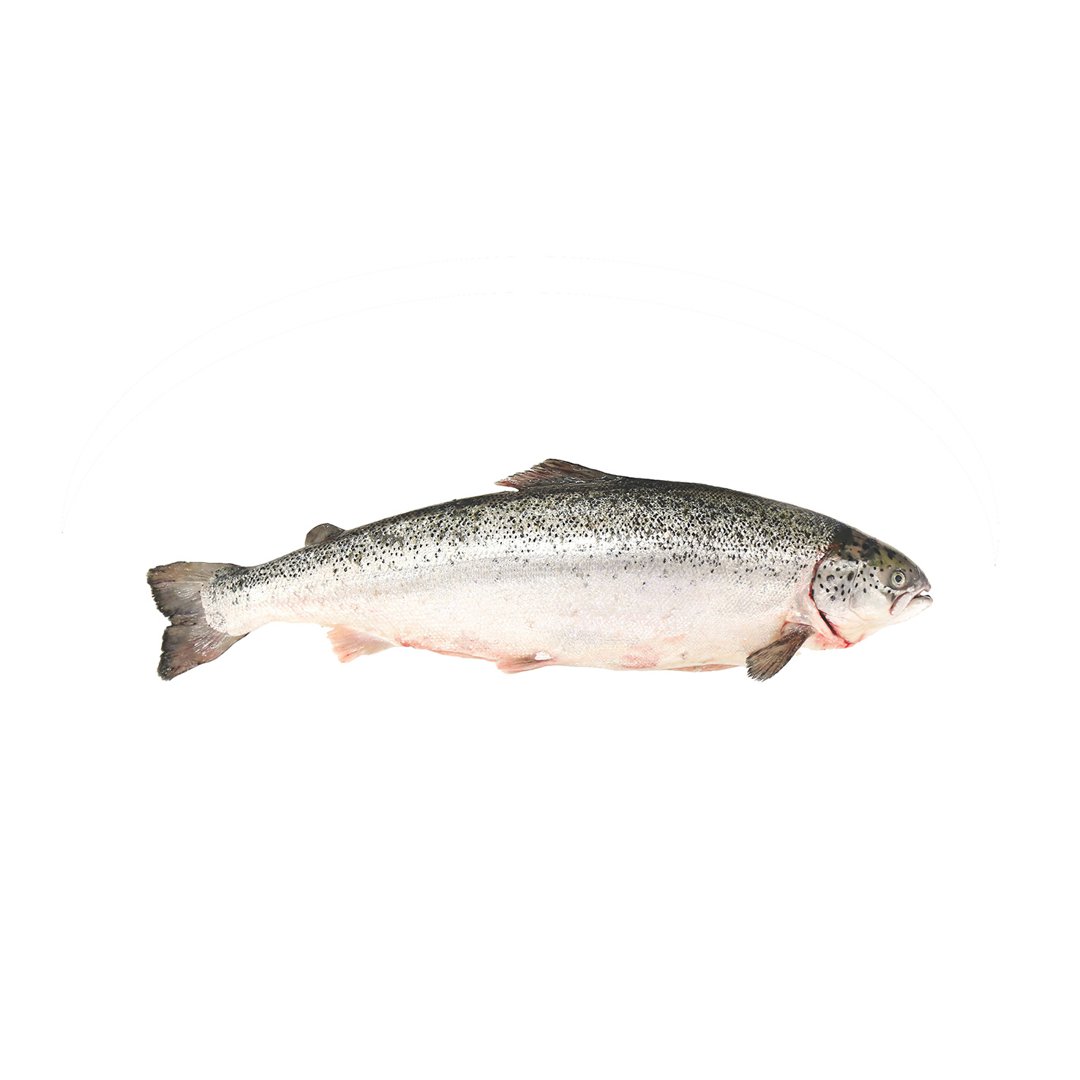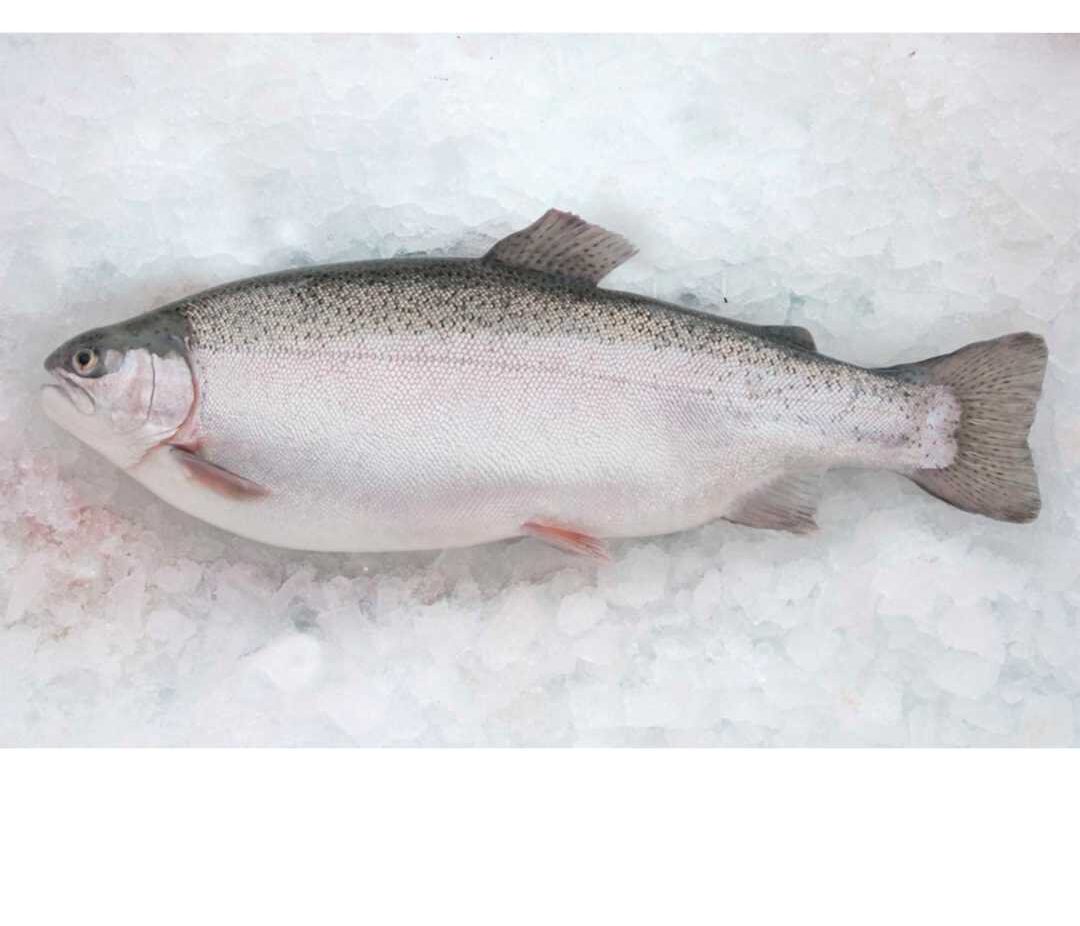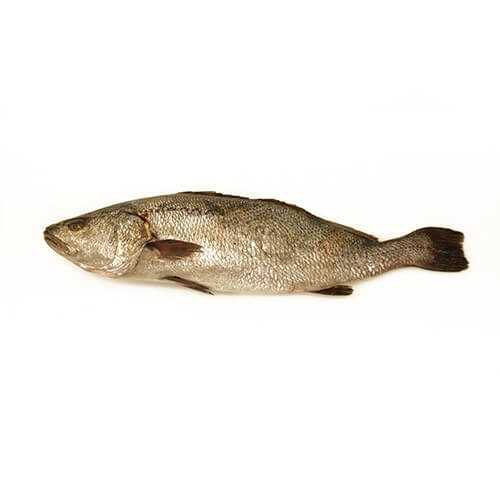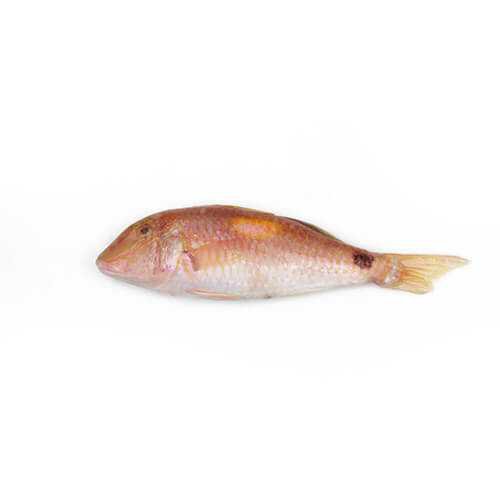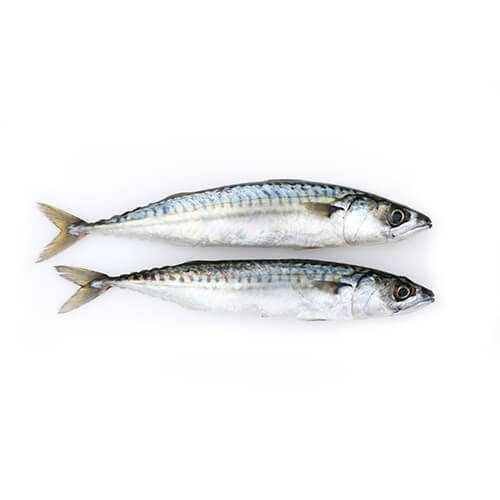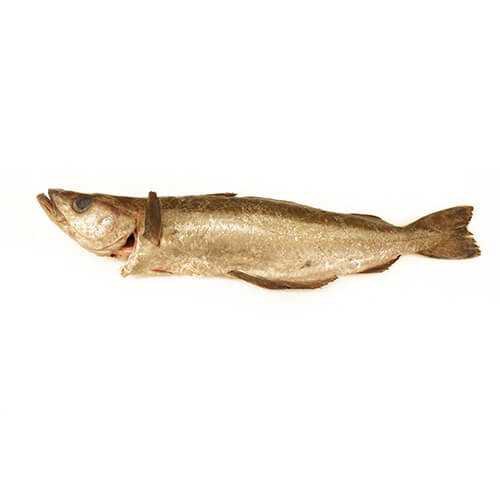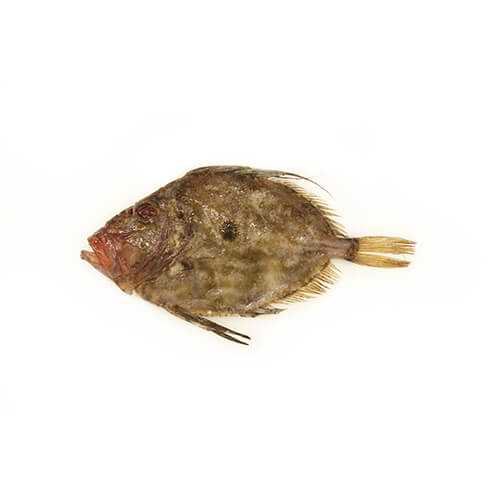
What is John Dory?
John Dory are demersal, round fish. John Dory tend to be caught via demersal trawling in the North East Atlantic, where they are most abundant and best value from May to June and September to December. John Dory are also known as St Peter’s Fish, this is due to the black spot on the side of the fish where it is said to represent the fingerprint of St Peter when he lifted it from the sea. The dot gives the impression of an eye which helps to confuse predators making them think they are attacking the face where it is actually the flank giving better opportunity for escape.
The dot on the side of the John Dory also confuses prey by appearing as a head and allowing the fish to scoop them in its large mouth further along. The flavour of John Dory is sweet-medium and it is possible to achieve a 35% yield from a John Dory. The aroma of a John Dory is light with subtle hints of seaweed. The flesh is firm and smooth with a slight stickiness. John Dory have a robust, slightly milky flavour. They have a thin skin which is easy to consume. Alternative species would be Gurnard, Sea Bass or Red Mullet.
Latin Name
Zeus Faber
Seasonality
John Dory are available year round but most abundant/best value May – June and September to December.
Alternatives
If John Dory is unavailable, Red Gurnard, Grey Gurnard, Red Mullet and Sea bass may be suitable alternatives.


